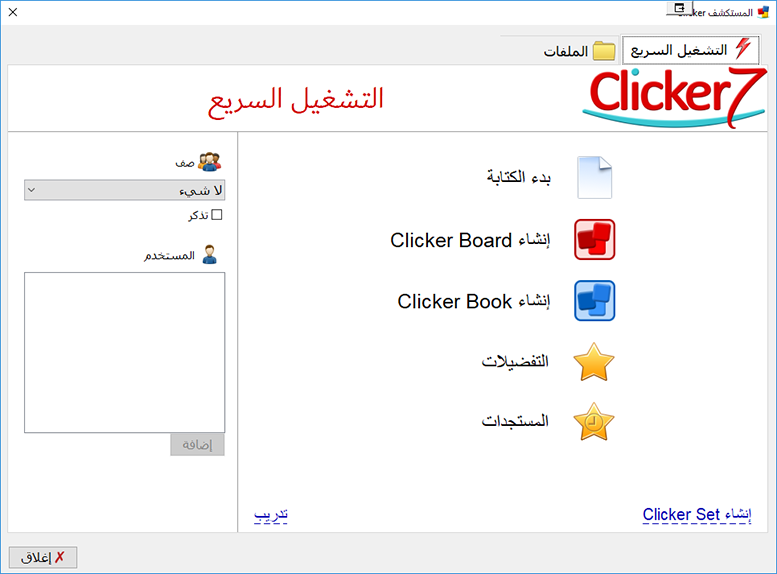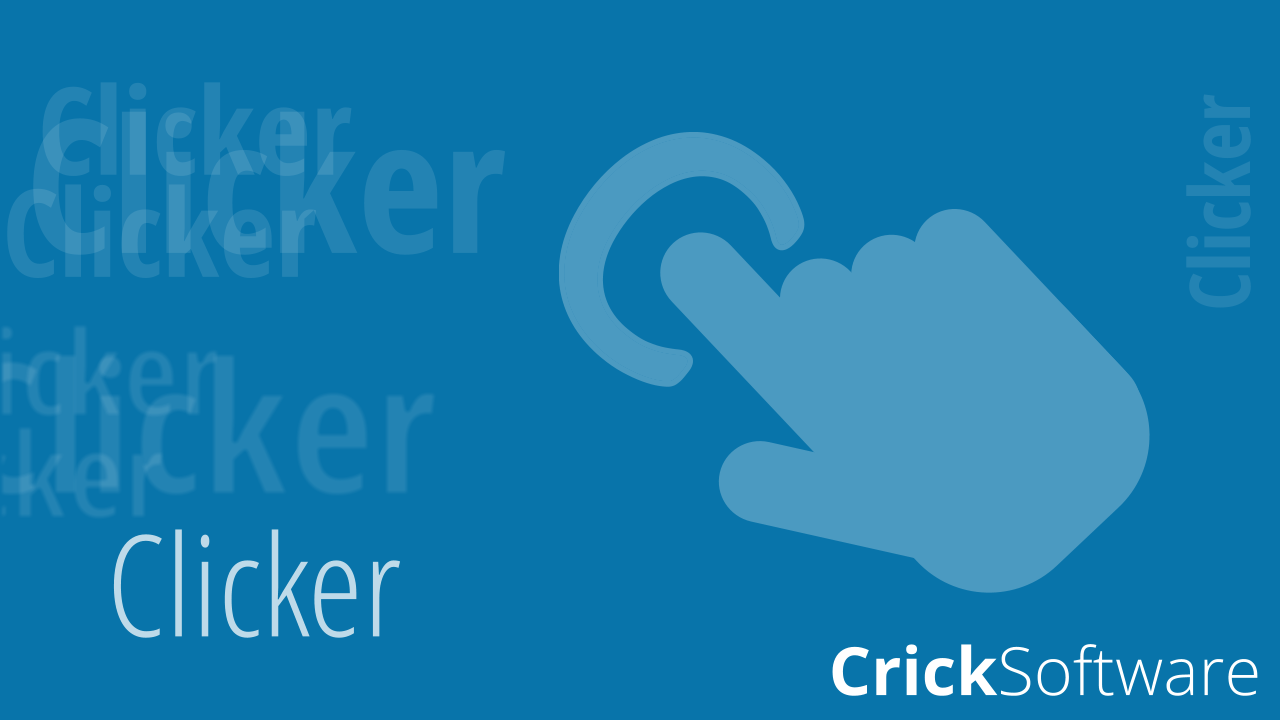Across the United Arab Emirates, ensuring that students understand Arabic by the time they finish education is imperative. Helen Abadzi, a professor from the University of Texas at Arlington and education specialist at the World Bank, notes that, “research shows that Arabic students are not performing as well [in their mother tongue]. For many, their reading of Arabic is a little slower than reading English”.
2018 marked the Year of Zayed, the centenary of Sheikh Khalifa bin Zayed Nahyan’s birth. To celebrate this event, new inclusive initiatives were planned to increase opportunities for more people. With AED 10.25 billion earmarked for education development by the UAE government, it is now more important than ever for all schools, both government run and privately funded, to improve student achievement in Arabic classes.
There are practical and cultural incentives for schools to improve students’ proficiency in Arabic as their future livelihoods depend on them being able to communicate effectively in their native or adopted country.
One of the reasons that Arab nations score lower in international test assessment scores compared to non-Arab countries is due to visual complexities of the Arabic script and a limited command of grammar, according to Dr. Abadzi.
"Arabic letters may take a few seconds longer to recognise compared to scripts like English," she said.
Students in Gulf countries can read single sentences by the end of grade one, while those internationally read full-page stories, according to a 2016 Unesco study.
This gap continues to widen with students in the Gulf reading texts of 200-300 words by grade four compared to their counterparts internationally, who read texts of 800-1,000 words.

Successful programmes have been launched that have sought to improve student understanding. In a public school in Ras Al Khaimah, two first grade sections received two extra classes of reading per week over three months, after which time reading comprehension effectively doubled from where it began.
Clicker 7 Arabic, for example, has been shown to increase the number of words a student can write by about three times more than they can without it, and uses a range of tools to help improve reading and writing ability. For example, students can complete sentence building and word matching activities to build upon their understanding of how words relate to concepts and ideas. Word prediction and spelling show students how sentences are formed, and it can also read words and sentences aloud to encourage students to understand the connection between how a word sounds and how it reads.
This has especial ramifications in the UAE because of the character of its student body. All students are either learning Arabic as a second-language, or Arabic speakers learning English as a second-language. In each scenario, the need to understand how Arabic relates to concepts and ideas is paramount. It is imperative to narrow the learning gap caused by language and literacy differences. Assistive technology can help across the board, and level the playing field between expatriates and local pupils.

Technology-solutions can also foster a greater sense of inclusion within schools as it can be readily deployed to an entire network. The above programme in Ras Al Khaimah yielded beneficial results, but it is difficult to give all students supplementary lessons because of time constraints on teachers. Additionally, books and teachers are not an infinite resource, and even the most well-funded schools inevitably reach a point at which demand exceeds supply. Installing educational software across the network, however, provides all students with access to a resource that can be used repeatedly and improve results across the board.
Independent work can be encouraged, and the potential of teaching assistants can also be maximised with technology. Students with specific individual needs traditionally require a lot of support which needs to be balanced against the wider demands of the class. Once an assistive-technology is established it can provide differentiated support to every pupil, allowing teaching assistants to spread their attention more evenly.
Given how ubiquitous technology is, new pupils will most likely be familiar with at least one device. It makes sense to utilise these computerised appliances to improve reading rates. The added advantage to the technological approach is that software patches and updates can be rolled out much more quickly than textbooks could ever be published.
Improving Arabic reading rates and enacting more inclusive initiatives are of paramount importance in the UAE right now. These two policies can easily work in tandem with technology-based solutions; solutions that are often more efficacious and cost-effective than traditional methods ever could be.





